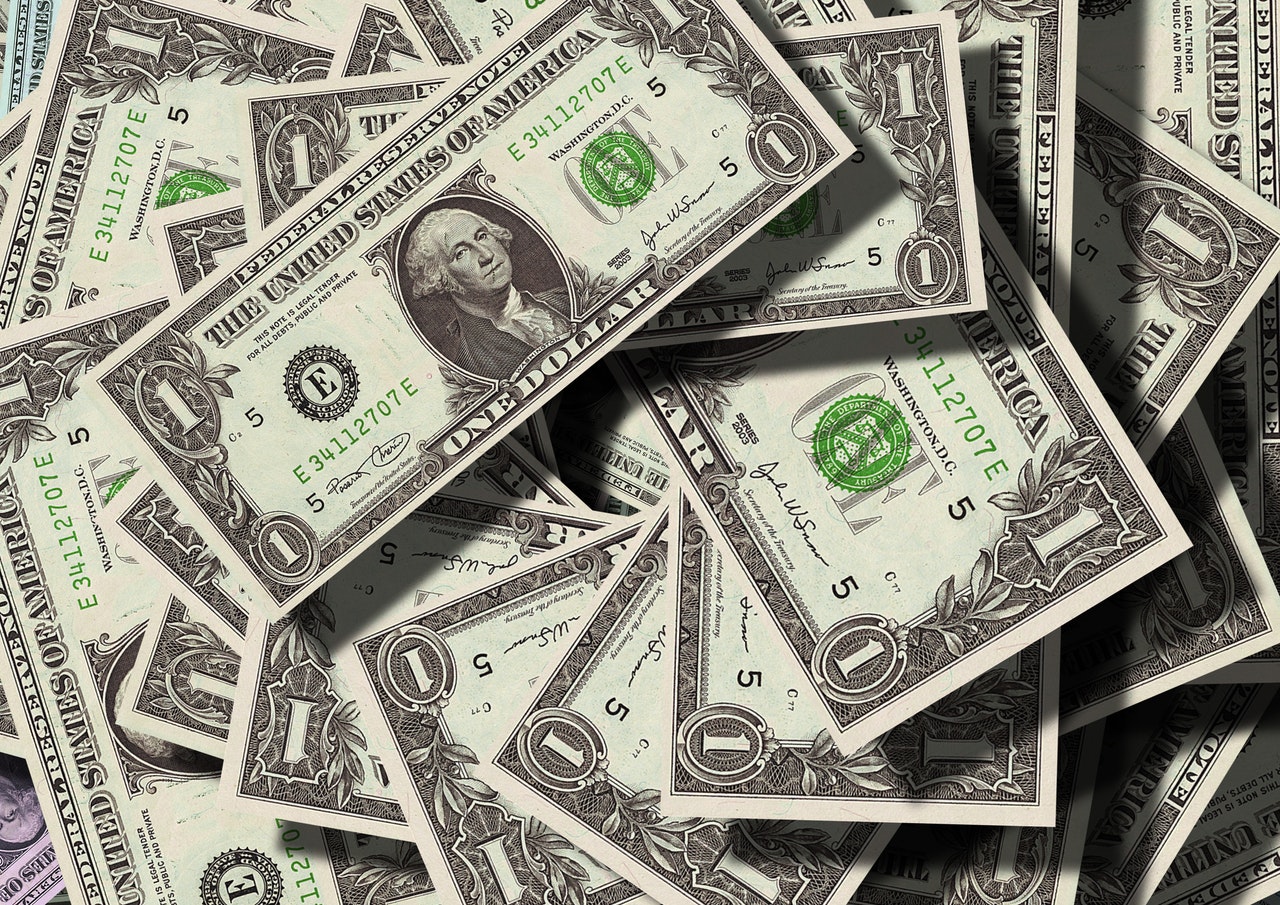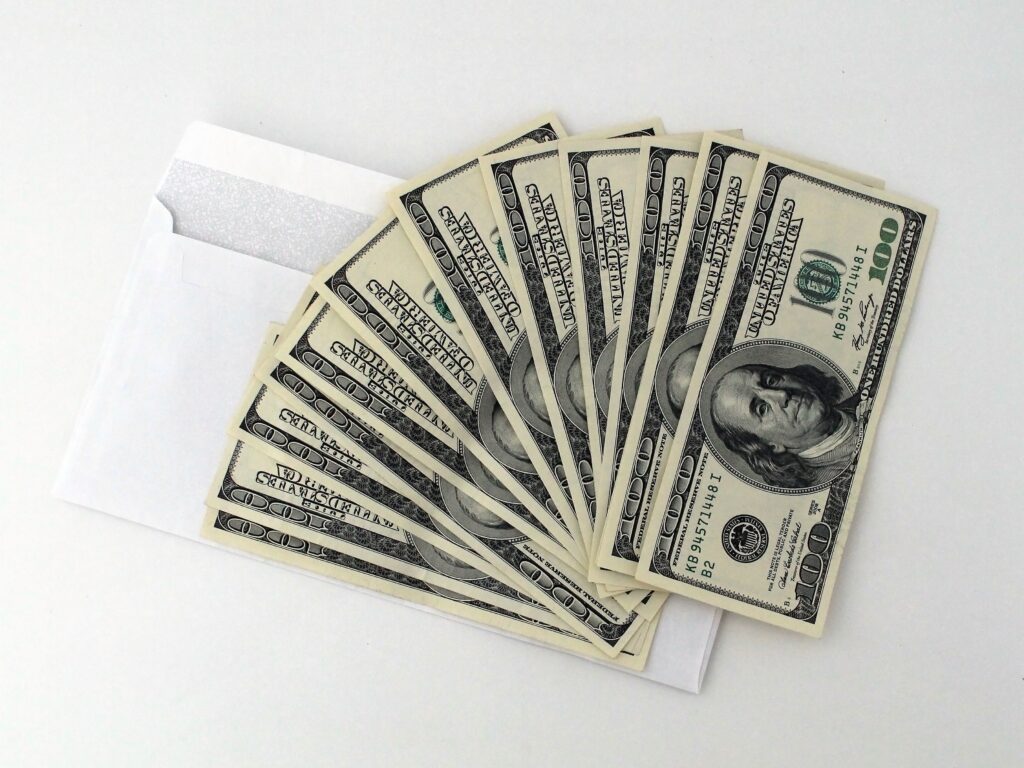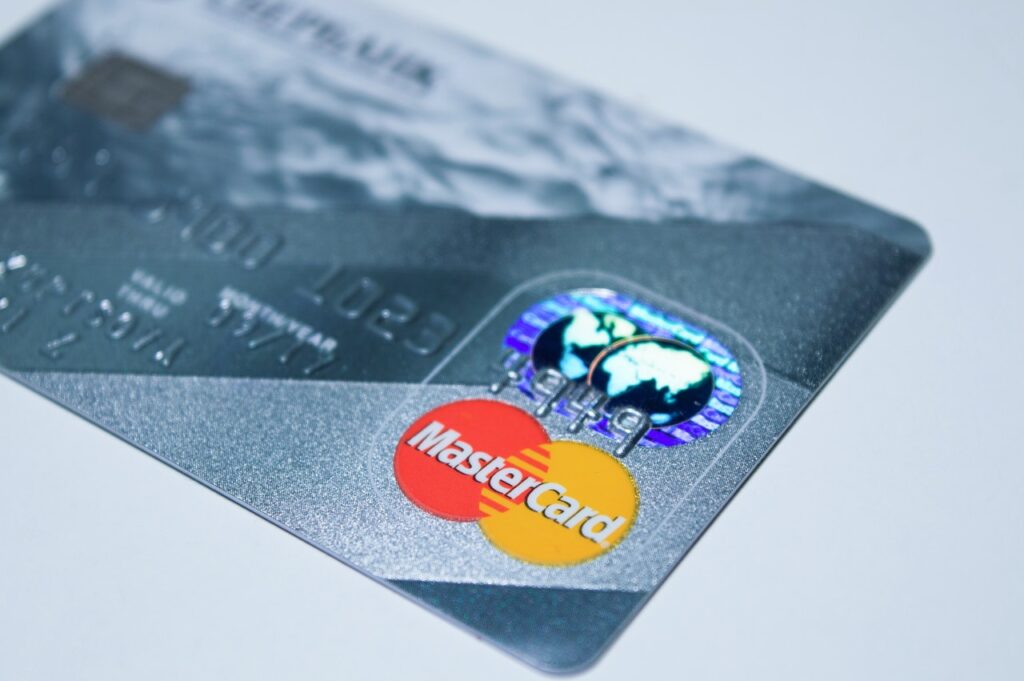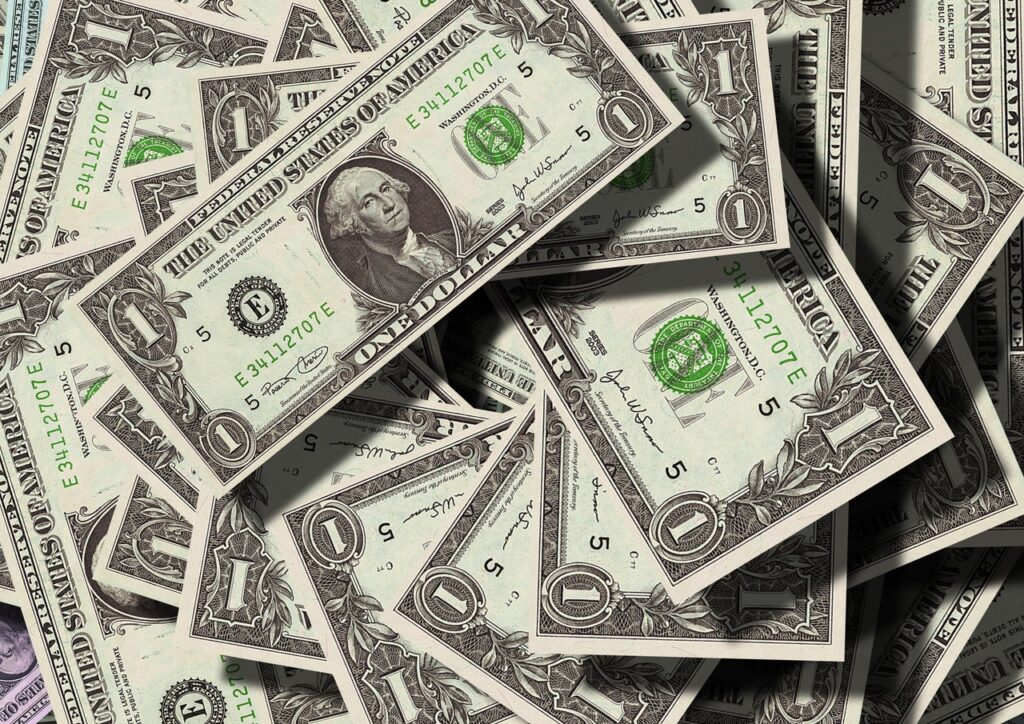Interest Rate and APR: You Should Know the Difference

When you take out a loan or get a new credit card, there are some financial terms that you need to be acquainted with. Certainly, you have heard about and have knowledge of interest rates and APR (Annual Percentage Rate). What you may not know is that there is a difference between the two.
No one needs to lack knowledge of loans and credit cards. As a matter of fact, it pays off to have knowledge of certain terms. Raising awareness could save you some unnecessary costs during your lifetime.
The major difference between interest rates and APR is quite simple, however, the two business terms are going to be discussed in-depth.
Difference in Terms
Although interest rates are expressed as a percentage, interest is an annual cost of your loan or credit card debt. APR is the annual cost of your loan plus other fees. Some of these costs could be insurance, loan origination fees, late fees, and even discount points.
The two terms can be confusing because there is a great similarity. Just remember that the APR is the cost plus other fees. Interest rate does not take fees into account. The APR is meant to show you the amount you are actually paying for the loan.

What Is Monthly Payment Based On?
Monthly payments are not based on the APR. Your payment is based on your interest rate. Knowing this can bring some relief although loan costs can add up over time. A loan payment calculator and application of basic math will give you the cost of your monthly payment.
Different loans are calculated in different ways. Most loan payments are calculated by the amount of the loan, the interest rate, and the number of payments you will be making. Various loan payment calculators can be found on a website called The Balance.
Types of APR Do Vary
Not all types of APR are necessarily created equal. There are a few determining factors that will influence your APR. The type of loan, the credit card company, or the bank all play a part in your APR.
Credit Card APR
The type of APR you will pay on a credit card is dependent upon the way you use your card. The Introductory APR is a short term offer to persuade you to apply for a particular card. An Introductory APR will usually change in a year’s time. The APR is also affected by late or missed payments.
Penalty APR is a rate that is usually higher than any other type of APR. This type of APR occurs when you are more than sixty days late on a credit card payment. It can be as high as thirty percent.
Cash Advance APR is used when you take a cash advance on your credit card. The rate is higher than your purchase APR. The Cash Advance APR will begin calculating as soon as you withdraw your cash advance.

Home Mortgage Loans and Personal Loans APR
The APR for mortgage and personal loans is determined by lender fees and closing costs. On these types of loans, the APR is not fixed. While it should not fluctuate excessively, it will change.
Just because an APR is good for one person does not mean it will work for another person. You should explore APR’s through various loans. Choose the APR that is best for you.
What Is a Good APR?
While some rates are better than others, a good APR is often a matter of perception. It depends on the type of loan and the income and circumstances of the person paying that loan. Some APR’s average around thirteen percent while others are about nineteen percent.
You should know that the APR on your credit card is irrelevant if you pay your balance every month. If an average APR is sixteen percent, a good APR will be below the average. Always read your Truth in Lending Disclosures. The Federal Truth in Lending Act requires that disclosures be given before the customer is bound to pay the loan. Ask questions before signing any papers.
Credit Score Affects APR
If you have a high credit score, your APR will be lower than average. The lower your credit score, the higher the APR. Before you apply for a loan, know your credit score and ask about the type of APR for which you would qualify.
You need to know that you are protected as a borrower against unfair billing and credit card practices. Before any fees are assessed, the lending institution or credit card company must disclose these fees.
Finding a Good APR Credit Card
If your credit score is good or excellent, you can often find credit cards with no APR. You just have to know where to look. Major credit card companies offer this type of APR as a promotion, but once the promotion is over, the APR will increase, maybe dramatically.
Advantages of 0% APR Credit Card
- You can pay down a high interest credit card.
- You can make large purchases with little extra expense.
- You have six months to pay off the credit card before APR starts.
- You will not have excessive interest and fees if you have to carry a large balance for an extended period of time.
Disadvantages of 0% APR Credit Card
- If your purchase is small, you risk paying more once the APR begins accruing.
- If you are unable to pay the balance within six months, you risk a high APR.
- Late or missed payments add to the APR.

Obtaining a Good APR Credit Card
If your credit score is low, you will need to take certain steps to obtain a credit card with a good APR. As you develop the following habits, you will become eligible for better interest rates and APR rates.
- You should not apply for loans and credit cards unless it is necessary.
- Make your payments early.
- Only use thirty percent of your available credit, or less, if possible.
- Pay off or pay down other debts to lower your debt-to-income ratio.
- Track your credit report and resolve any errors.
Calculating Various Interest Rates
Because of the various methods of calculating interest, understanding interest rates can become confusing. Although the interest rate is what you pay for the loan principal only, rates can still vary. Some interest rates are fixed while others are variable.
Often, interest rates will be lower if the loan term is shorter. If a loan is extended over a longer term, the amount of interest paid increases significantly. Since this is the interest rate, and not the APR, this amount does not include other fees that you might incur.

Fixed and Variable Rates
If your loan has a fixed rate of interest, it will not fluctuate. You will be able to accurately predict your rate during the entire term of your loan. The disadvantage of a fixed rate loan is that your rate could never be lowered. You will have the same rate throughout the loan term.
A variable rate will fluctuate depending upon how the rate is set up to fluctuate. This type of rate is difficult to predict, but you do have a chance of having a better rate at some point during the term.
Summary
Now that you are familiar with the difference between interest rates and APR, you now understand that it is better to make payments on time, even early. Paying your loan or credit card balance off early will save money.
The fees that are incurred throughout one year of your loan term along with interest impact your APR. Avoiding late fees is an advantage to you.
Incurring loans and credit cards can be beneficial to you if done wisely. Only take out loans and credit cards when necessary and live within a sensible budget.





